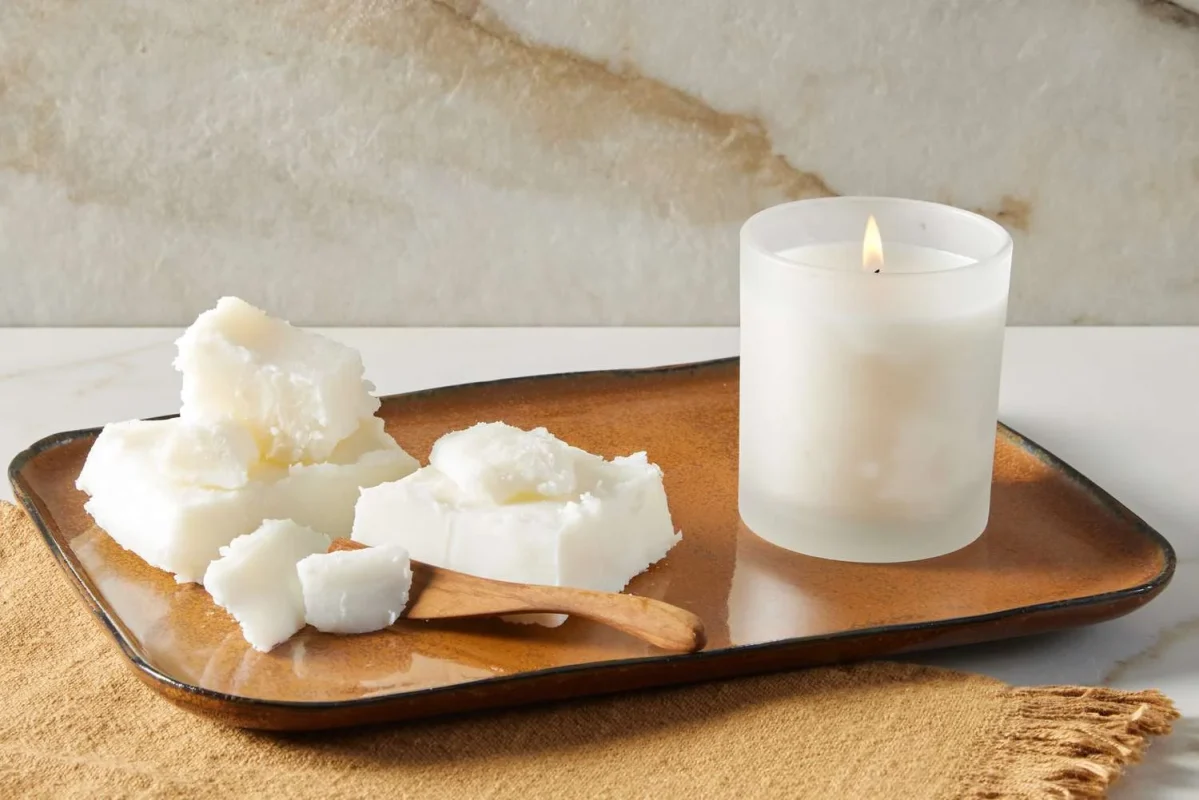Paraffin wax is a mixture of straight chain hydrocarbons. Most manufacturers are adding plastic polymer resins to their paraffin wax. This hardens the tissue. Polymers were added to paraffins many years ago in response to insufficient infiltration in open processors, due to xylenes and alcohols absorbing water from the atmosphere. Insufficient infiltration causes “mushy” tissues and plastic polymers harden the block.
Category Archives: Paraffin wax
Paraffin wax
throughout human history, spanning thousands of years. Its history is intertwined with advancements in technology, culture, and industry. Here’s a brief overview of the history of wax:
During the winter, cold air will dramatically dry skin, some body parts more than others according to their skin type which is dry by nature. Most people who do not moisturize their skin suffer from cracked hands or heels that are painful and can also bleed microbes can enter their skin via the open cracks too
Is there a natural alternative to paraffin wax for candy coating? Delicious pistachio cookies are dipped in chocolate but melt the minute you touch them.The normal wax is full of artificial ingredients and chemicalsThis is a tricky one
Waxing removes hair from the root, which means it typically lasts longer than shaving (about 3-4 weeks). Pregnant women may appreciate this extended hair-free period, as they may find it challenging to shave regularly as their belly grows.
is a natural wax produced by honey bees. Chemically, beeswax consists mainly of esters of fatty acids and various long-chain alcohols. The hive workers collect and use it to form cells for honey-storage and larval and pupil protection within the beehive.
Against to the more familiar paraffin wax which contains mostly un-branched alkanes . microcrystalline wax contains a higher percentage of ISO paraffinic (branched) hydrocarbons . hydrocarbons Microcrystalline waxes are a type of wax produced by de-oiling petrolatum as part of the petroleum refining process.
is a type of petroleum wax that is naturally derived from decayed organic matter. It is a combination of a long series of hydrocarbons. Generally, paraffin wax is non-toxic in its normal state. However, when it is burned, paraffin wax produces fumes that may result in physical discomfort and nausea.
Tissue technology allows the representation of hundreds of tissue samples on a standard microscope slide. This is achieved by arraying small cores (0.6 mm in diameter) of paraffin wax embedded tissue samples in a recipient wax block. Sections cut from the array can then be assessed according to standard protocols.
· Ideal for the treatment of arthritis, strains, sprains, joint stiffness, sports injuries, dry skin and to increase range of motion
· Includes 6 lbs. unscented paraffin, with additional refills and other accessories available for purchase separately


